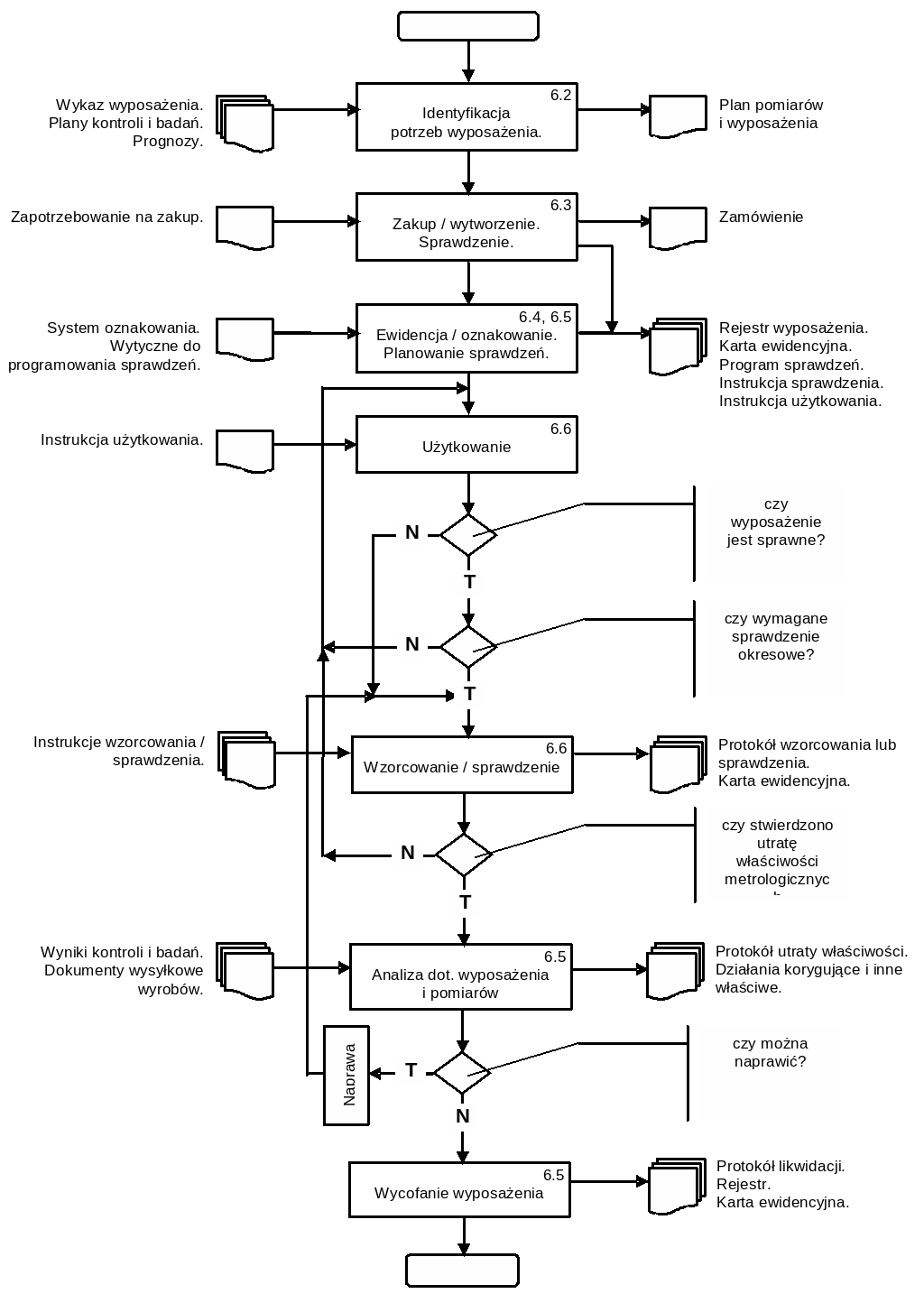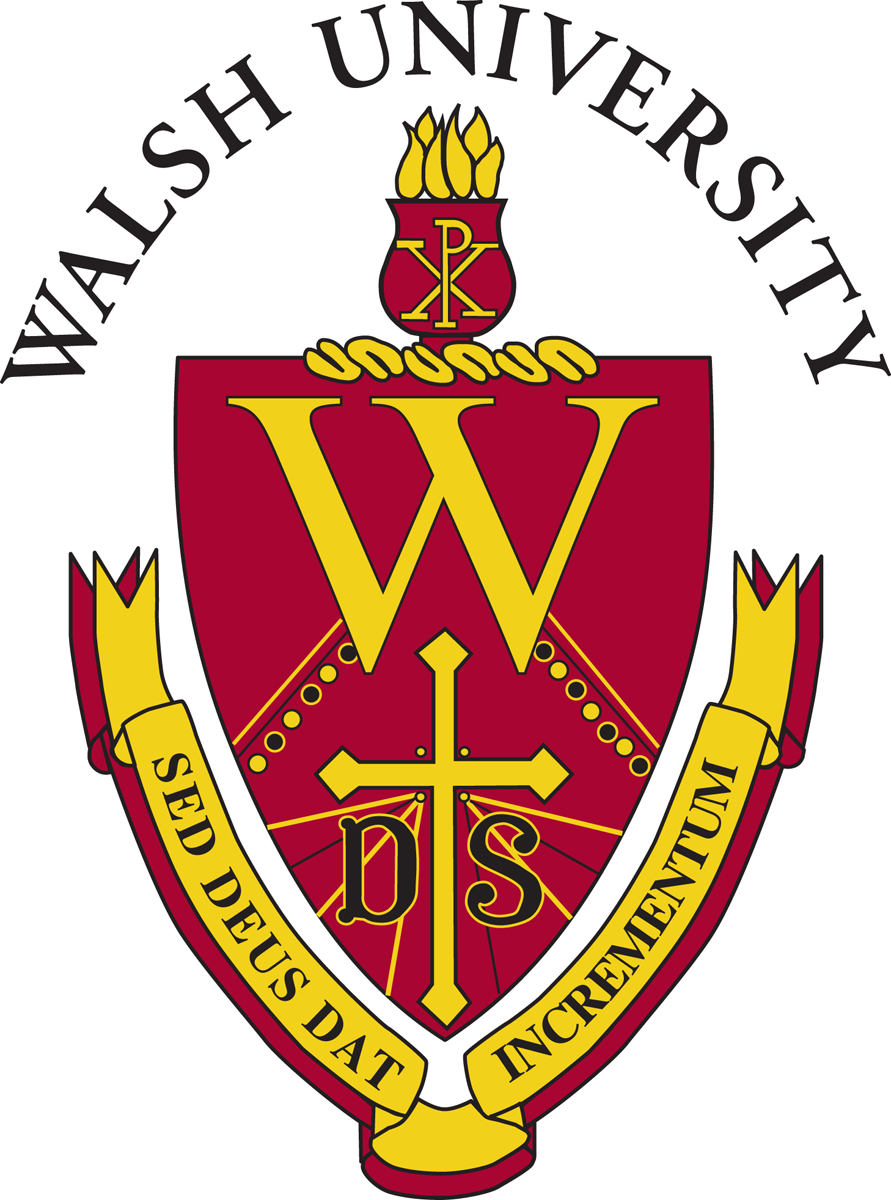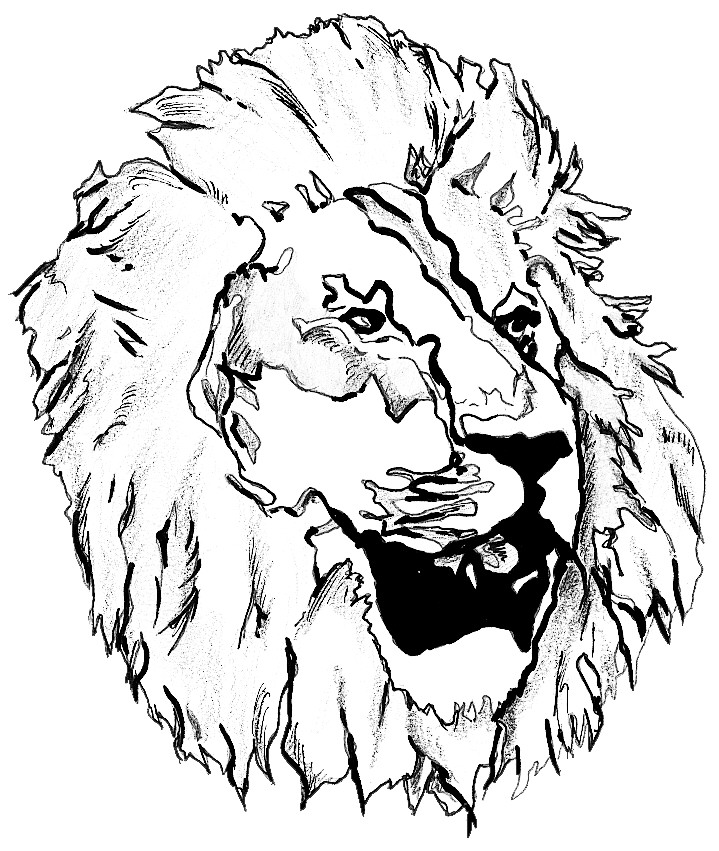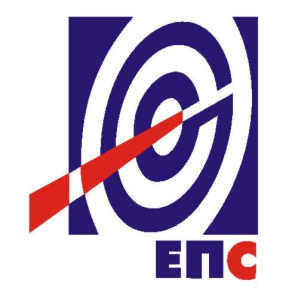bie national educational technology standards (taken from bie master technology plan, 2007-2010) the international society for technology
BIE National Educational Technology Standards
(taken from BIE Master Technology Plan, 2007-2010)
The International Society for Technology in Education (ISTE) has
developed a set of educational technology standards for students that
are utilized by BIE-funded schools as well as many other school
systems in the United States. If the state in which your school
resides does not have state technology standards, you may use the
following recommended National BIE Technology Standards:
1. Creativity and Innovation
Students demonstrate creative thinking, construct knowledge, and
develop innovative products and processes using technology. Students:
*
Apply existing knowledge to generate new ideas, products, or
processes.
*
Create original works as a means of personal or group expression.
*
Use models and simulations to explore complex systems and issues.
*
Identify trends and forecast possibilities.
2. Communication and Collaboration
Students use digital media and environments to communicate and work
collaboratively, including at a distance, to support individual
learning and contribute to the learning of others. Students:
*
Interact, collaborate and publish with peers, experts or others
employing a variety of digital environments and media.
*
Communicate information and ideas effectively to multiple
audiences using a variety of media and formats.
*
Develop cultural understanding and global awareness by engaging
with learners of other cultures.
*
Contribute to project teams to produce original works or solve
problems.
3. Research and Information Fluency
Students apply digital tools to gather, evaluate, and use information.
Students:
*
Plan strategies to guide inquiry.
*
Locate, organize, analyze, evaluate, synthesize and ethically use
information from a variety of sources and media.
*
Evaluate and select information sources and digital tools based on
the appropriateness to specific tasks.
*
Process data and report results.
4. Critical Thinking, Problem-Solving & Decision-Making
Students use critical thinking skills to plan and conduct research,
manage projects, solve problems and make informed decisions using
appropriate digital tools and resources. Students:
*
Identify and define authentic problems and significant questions
for investigation.
*
Plan and manage activities to develop a solution or complete a
project.
*
Collect and analyze data to identify solutions and/or make
informed decisions.
*
Use multiple processes and diverse perspectives to explore
alternate solutions.
5. Digital Citizenship
Students understand human, cultural and societal issues related to
technology and practice legal and ethical behavior. Students:
*
Advocate and practice safe, legal and responsible use of
information and technology.
*
Exhibit a positive attitude towards using technology that supports
collaboration, learning, and productivity.
*
Demonstrate personal responsibility for lifelong learning.
*
Exhibit leadership for digital citizenship.
6. Technology Operations and Concepts
Students demonstrate a sound understanding of technology concepts,
systems and operations. Students:
*
Understand and use technology systems.
*
Select and use applications effectively and productively.
*
Troubleshoot systems and applications.
*
Transfer current knowledge to learning of new technologies.
 PTSU INDEKA P0701 WYD 05012011 STR 8 Z 8
PTSU INDEKA P0701 WYD 05012011 STR 8 Z 8 KATARINA PERIČ PROF OŠ STANETA ŽAGARJA LIPNICA NAVODILA ZA
KATARINA PERIČ PROF OŠ STANETA ŽAGARJA LIPNICA NAVODILA ZA DR DÖRTE OHLHORST BERUFLICHER WERDEGANG HOCHSCHULE FÜR POLITIK
DR DÖRTE OHLHORST BERUFLICHER WERDEGANG HOCHSCHULE FÜR POLITIK F M045 REIMBURSEMENT (UCT INTERNAL) THIS FORM IS FOR
F M045 REIMBURSEMENT (UCT INTERNAL) THIS FORM IS FOR r Oger Thomas Scholarship Application Offered by Kiwanis Club
r Oger Thomas Scholarship Application Offered by Kiwanis Club OUTSTANDING ACHIEVEMENT AWARD APPLICATION THE WALSH UNIVERSITY ALUMNI ASSOCIATION
OUTSTANDING ACHIEVEMENT AWARD APPLICATION THE WALSH UNIVERSITY ALUMNI ASSOCIATION OORDEELSESTRAAT 7 – B NL5111 PA POSTBUS 294
OORDEELSESTRAAT 7 – B NL5111 PA POSTBUS 294 ORDER I N THE HIGH COURT OF JUSTICE NO
ORDER I N THE HIGH COURT OF JUSTICE NO IES ARGENTONA FÍSICA 1R BATXILLERAT IMATGES REFLEXIÓ FENOMEN ONDULATORI
IES ARGENTONA FÍSICA 1R BATXILLERAT IMATGES REFLEXIÓ FENOMEN ONDULATORI ЈП „ЕЛЕКТРОПРИВРЕДА СРБИЈЕ“ БЕОГРАД КОНКУРСНА ДОКУМЕНТАЦИЈА ЈН310004232020 ЈАВНО ПРЕДУЗЕЋЕ
ЈП „ЕЛЕКТРОПРИВРЕДА СРБИЈЕ“ БЕОГРАД КОНКУРСНА ДОКУМЕНТАЦИЈА ЈН310004232020 ЈАВНО ПРЕДУЗЕЋЕ